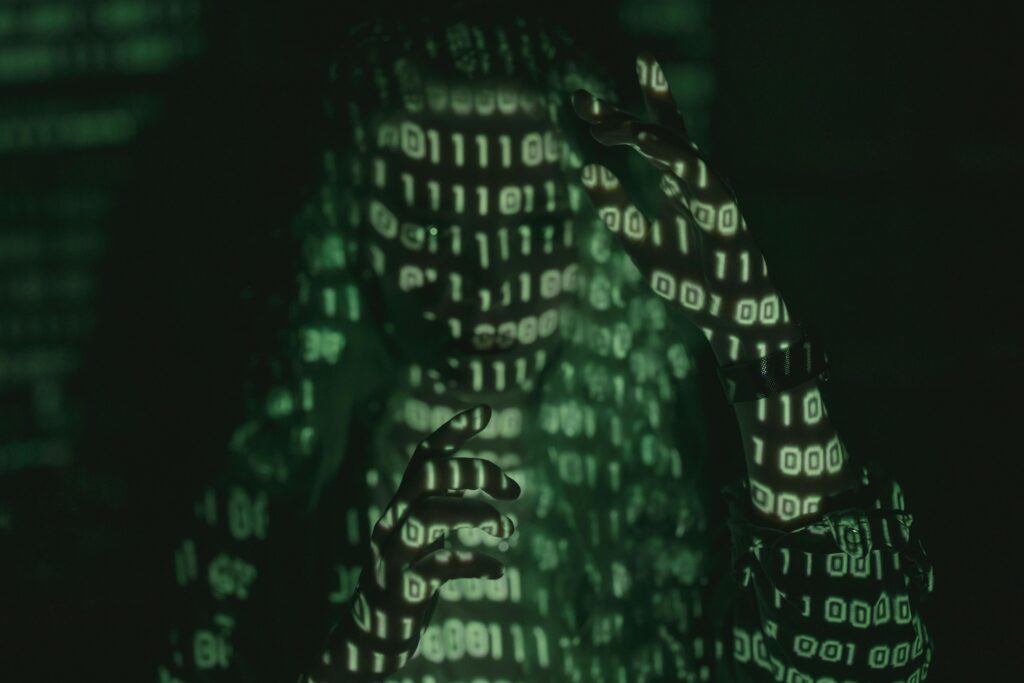“Ever stared at your screen, wondering if someone is secretly watching your every move? Yeah, us too.”
In today’s tech era, data breaches have become an all-too-common nightmare. A shocking 33 billion records were exposed globally in just one year—and that number doesn’t even include unreported incidents. So what’s the answer to safeguarding sensitive data? Enter encrypted storage solutions. But don’t worry; this isn’t another generic post about cybersecurity (ugh). This guide dives deep into a sub-niche topic you’ve likely heard whispers of: monitoring kill switches and their role in keeping prying eyes at bay.
Here’s what we’ll cover:
- The real risks of unsecured data and why monitoring kill switches matter.
- Step-by-step guidance on implementing encrypted storage solutions.
- Tips for maximizing security without losing your mind.
- Real-life examples proving these strategies work wonders.
- And because no one likes leaving questions unanswered, a juicy FAQ section awaits.
Table of Contents
- Key Takeaways
- Why You Need Encrypted Storage Solutions
- Step-by-Step Guide to Encryption Mastery
- 7 Pro Tips for Secure Data Management
- Case Studies That Prove It Works
- Frequently Asked Questions About Monitoring Kill Switches
Key Takeaways
- Unencrypted data puts you at risk of surveillance, theft, and compliance penalties.
- Monitoring kill switches add an extra layer of control by disabling access when tampering is detected.
- With proper setup, encrypted storage solutions can be both secure AND user-friendly.
- You don’t need to break the bank—free tools exist but come with trade-offs.
- Misusing “kill switch” features might leave you locked out yourself—a cautionary tale ahead!
Why You Need Encrypted Storage Solutions
Pain point alert: Have you ever accidentally left your phone unlocked in public? What about plugging a shady USB stick into your laptop? These small oversights could lead to catastrophic data loss or unauthorized access. And that’s where monitoring kill switch technology shines.
A monitoring kill switch ensures immediate action when unauthorized access attempts are detected. For example:
- Locks down devices remotely.
- Encrypts stored files so they’re unreadable to intruders.
- Sends notifications directly to administrators.

This feature helps mitigate damages caused by hackers, malware, or insider threats. Yet far too many people ignore its importance until it’s too late. Trust me—I once ignored two-factor authentication warnings, only to spend weeks recovering hacked accounts. Chef’s kiss for regret.
Step-by-Step Guide to Encryption Mastery
Step 1: Choose Your Tools
Not all encryption software is created equal! Here are some top picks:
- VeraCrypt: Free, open-source, and versatile across operating systems.
- BitLocker: Windows native tool ideal for beginners.
- Tresorit: Cloud-based encryption service with killer enterprise-grade features.
Step 2: Set Up Monitoring Alerts
Most modern encryption tools allow integration with monitoring dashboards. Configure alerts to notify admins whenever:
- Too many failed login attempts occur.
- Files are accessed outside permitted zones (e.g., specific IP ranges).
- Hardware changes trigger suspicious activity flags.
Step 3: Enable the Kill Switch Feature
A true chef’s moment—enable automatic shutdown upon threat detection. Adjust settings carefully, though, as overly aggressive configurations might lock YOU out during legitimate use cases. Remember my friend who bricked his own server mid-demo after misconfiguring triggers? Whirrrr sounds like keyboard smashing frustration.
7 Pro Tips for Secure Data Management
Let’s talk best practices now:
- Always back up critical information before enabling kill switches.
- Test configurations in safe environments first to avoid accidental lockdowns.
- Pick complex passwords—you’d think this goes without saying, but oh well.
- Combine physical security measures (like biometric scanners) with digital ones.
- Regularly update encryption algorithms to stay ahead of vulnerabilities.
- Train staff properly. Yes, humans remain weakest links despite fancy tech.
- Don’t exclusively rely on cloud services; local backups are essential.

Case Studies That Prove It Works
“But does this stuff actually WORK?” Optimist you says yes, while grumpy you wants proof. Fine—here goes nothing.
Case Study #1: Healthcare Giant Stops Ransomware Dead in Tracks
A major hospital network integrated VeraCrypt combined with automated kill switches. When ransomware hit servers mid-shift, the system immediately disconnected compromised nodes, preserving patient records intact. Estimated savings? Over $5 million in recovery costs alone.
Case Study #2: Startup Saves Its Secrets
An emerging fintech firm adopted Tresorit’s cloud encryption stack tied to geo-restricted kill switches. During a suspected breach originating overseas, sensitive APIs remained unreachable—stopping attackers cold turkey.
Frequently Asked Questions About Monitoring Kill Switches
Q: Are monitoring kill switches legal everywhere?
A: Mostly, yes. However, always check local regulations regarding remote device termination policies.
Q: Can I recover deleted data if a kill switch activates?
A: Depends on implementation details. Always pair kill switches with robust backup protocols.
Q: Do free tools offer reliable kill switch functionality?
A: Some do, but advanced features often require premium subscriptions. Be cautious about limitations.
Conclusion
Tackling data privacy headaches doesn’t mean sacrificing usability—not anymore. Armed with knowledge about encrypted storage solutions and monitoring kill switches, you’re ready to face modern cybersecurity challenges head-on.
Optimist you: “Go forth, encrypt boldly!”
Grumpy you: “Fine…but not before coffee.”
Remember, staying vigilant keeps hackers spinning wheels instead of accessing YOUR hard-earned bytes. Bonus nostalgia nugget: Protecting data feels kinda like caring for a Tamagotchi—daily attention prevents disasters later.



